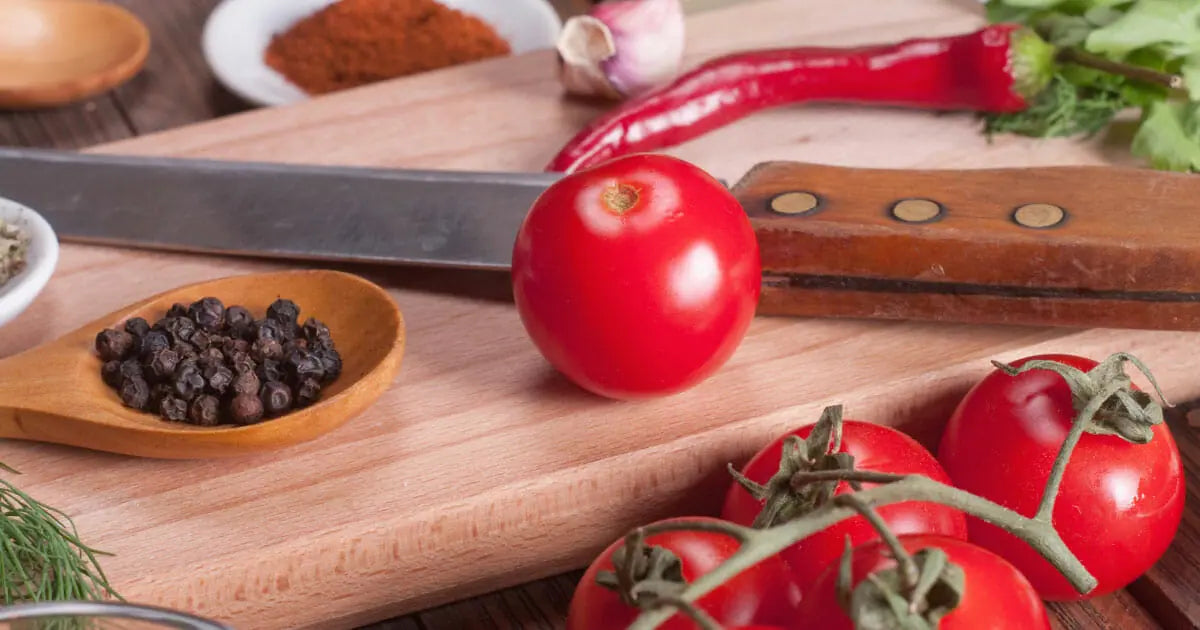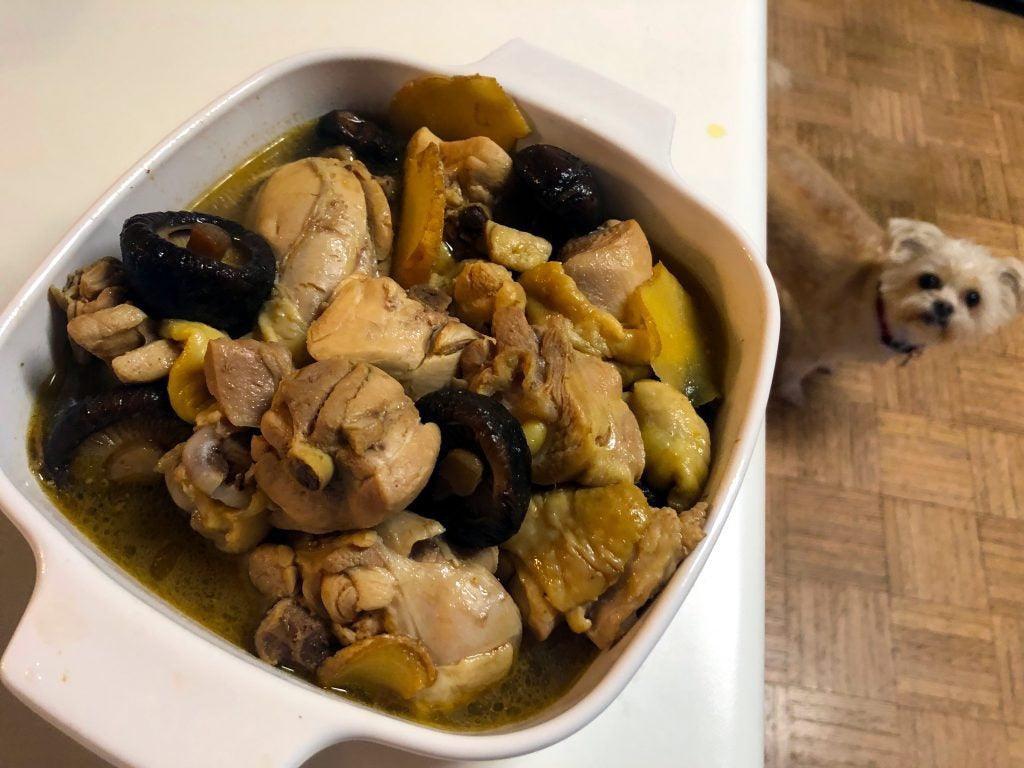When it comes to professional kitchens, details matterlike the thickness of a cutting board. So, how thick should a wood cutting board be? This seemingly simple decision has tremendous impacts on durability, stability, and safety. Whether you're plating gourmet dishes or preparing for hours of service, the right thickness ensures your tools can keep up with your demands. But what thickness works best, and why?
In this remarkable guide, well dive into everything you need to know about wood cutting boards, focusing on how thickness affects usability and longevity. From design and material selection to proper cleaning and sanitation, you'll gain insights trusted by culinary professionals worldwide. Get ready to be delighted by the difference the right thickness can make in your culinary processes!

Why Thickness Matters for Professional Cutting Boards
The thickness of a wooden cutting board might seem like a minor detail, but it plays a life-changing role in kitchen efficiency. For chefs navigating high-stress environments, the cutting board isnt just a toolits an extension of your craft. Boards that are too thin risk cracking, warping, or sliding during use, putting your dishes, knives, and even your hands at risk.
1. Stability and Safety on the Line
The heavier and thicker the wood cutting board, the less likely it is to shift or wobble. A thickness range between 1.25 inches to 2 inches is generally approved for professionals. However, for heavy-duty chopping or carving stations, boards up to 3 inches thick can provide tremendous stability. Learn more about choosing the right cutting board for specific purposes.
2. Longevity and Resistance to Warping
Wood boards are prone to warping, especially when exposed to water or humidity. Thicker boards resist this naturally, lasting longer under repeated use. But remember, your maintenance routine matters too. For instance, learning how to properly store cutting boards can prevent unnecessary strain or warping.
Thick Cutting Boards: Pros and Cons
Choosing a delightedly thick cutting board sounds tempting, but balance is everything. Here's a quick look at the benefits and potential drawbacks:
Benefits of Thick Cutting Boards
- Knife-Friendly: Wood boards, particularly those between 1.5 and 2.5 inches, protect knives better than thinner alternatives or plastic boards.
- Shocking Durability: Boards with a thickness of 2 inches or more are resistant to splitting or damage from heavy cleaving.
- Better Grip: Added weight from thick boards reduces movement. Combined with rubber feet or grip pads, they stay in place during hectic prep hours.
Drawbacks of Thick Cutting Boards
- Weight: Boards thicker than 2 inches can be heavy and cumbersome, especially for smaller workspaces.
- Cost: Higher material use often means a bigger price tag. But think of it as investing in longevity.
Feel weighed down by these options? Consider our guide on specialty cutting boards to stay informed.
Choosing the Best Thickness for Your Kitchen
Based on your kitchens needs, you may want to choose a board that balances thickness with functionality.
For General Use
Boards between 1.25 and 1.5 inches are ideal for day-to-day prep work. Theyre lightweight, easy to maneuver, and offer decent stability.
For Heavy-Duty Use
If youre working on heavy chopping or need a reliable carving board, opt for thicknesses closer to 2 or 2.5 inches.
Caring For Your Thick Cutting Board
Getting the biggest and thickest cutting board wont matter if you dont maintain it. Follow these steps:
- Clean with warm water and avoid leaving boards submerged. Sanitizing wooden boards will also extend their lifespan.
- Regular oil conditioning prevents cracking or splitting.
:max_bytes(150000):strip_icc()/prevent-cutting-board-slipping-1123-c9837c7f958745b792c2b115c7d7bccd.jpg)
FAQ
1. Can a cutting board be too thick?
Yes, overly thick boards can be difficult to manage or store.
2. How can I keep my wood cutting board from warping?
Store it properly and condition it with food-grade mineral oil. Avoid water damage to reduce warping risks.
3. Are thicker boards better for knives?
Yes, they prolong a knifes sharpness by reducing wear from repeated use.
This article contains affiliate links. We may earn a commission at no extra cost to you.






Leave a comment
This site is protected by hCaptcha and the hCaptcha Privacy Policy and Terms of Service apply.